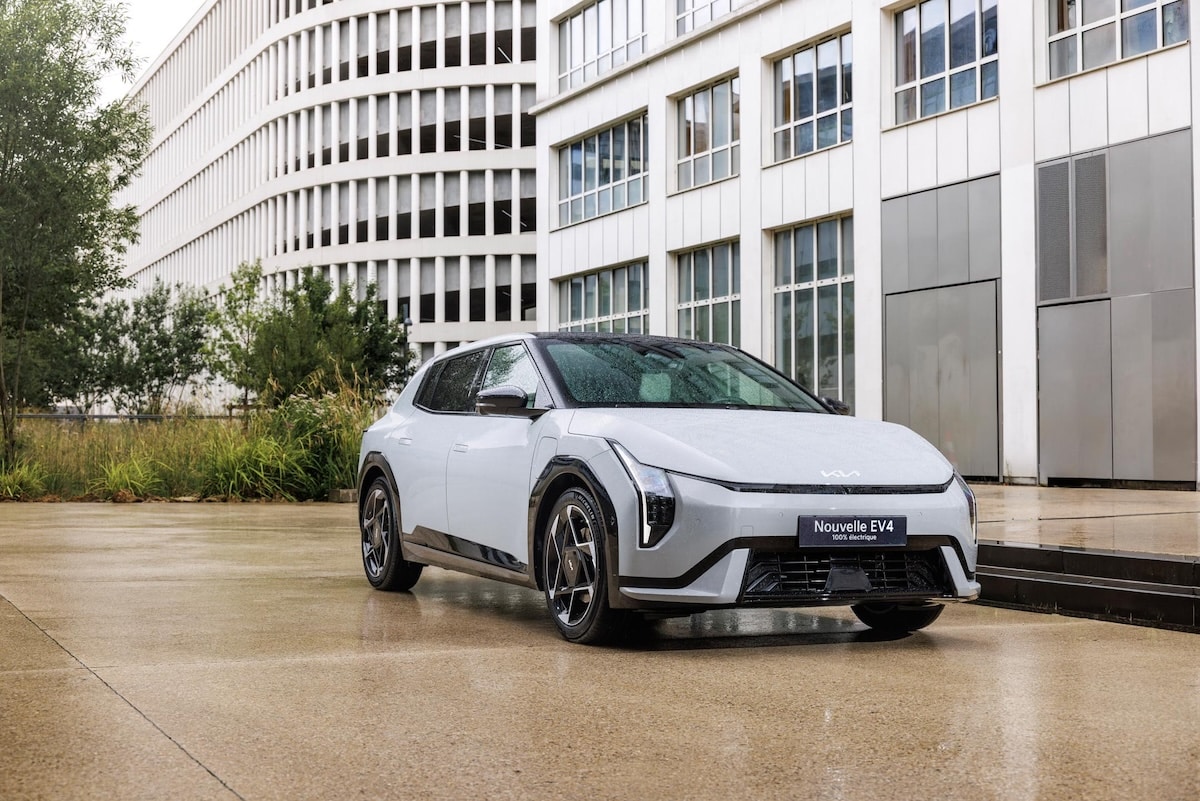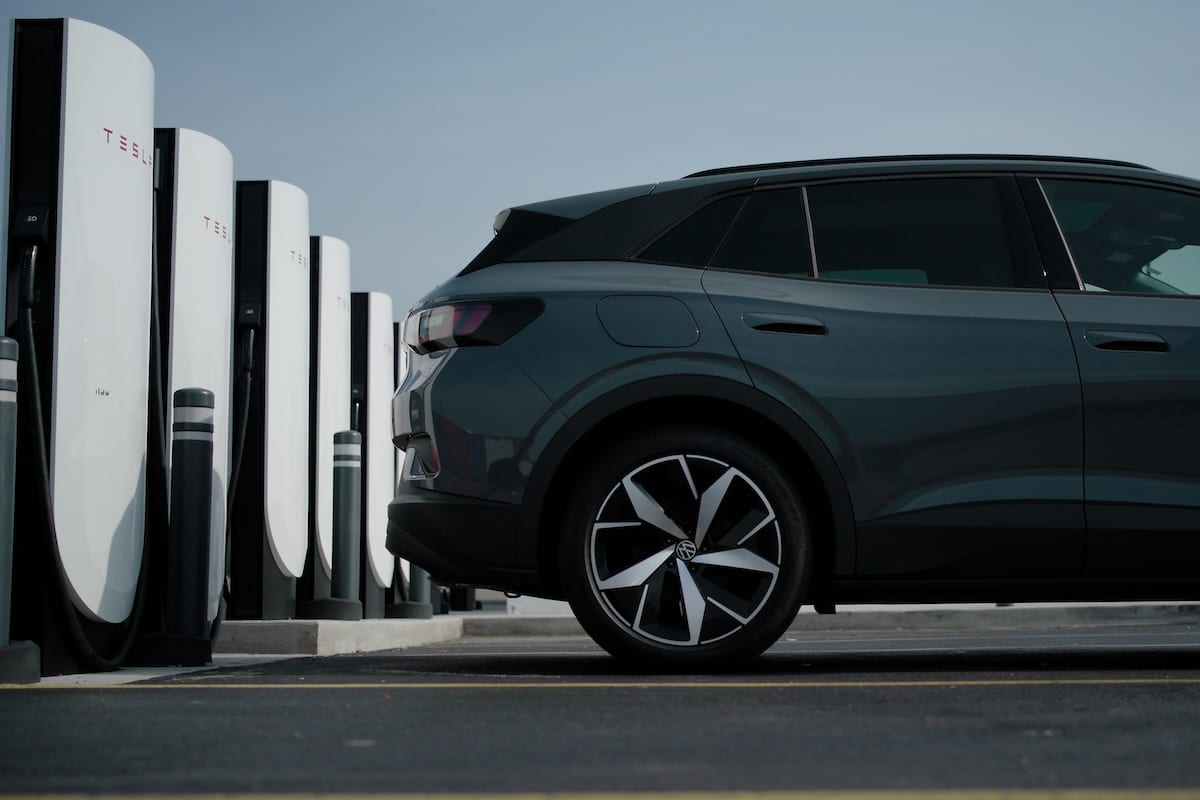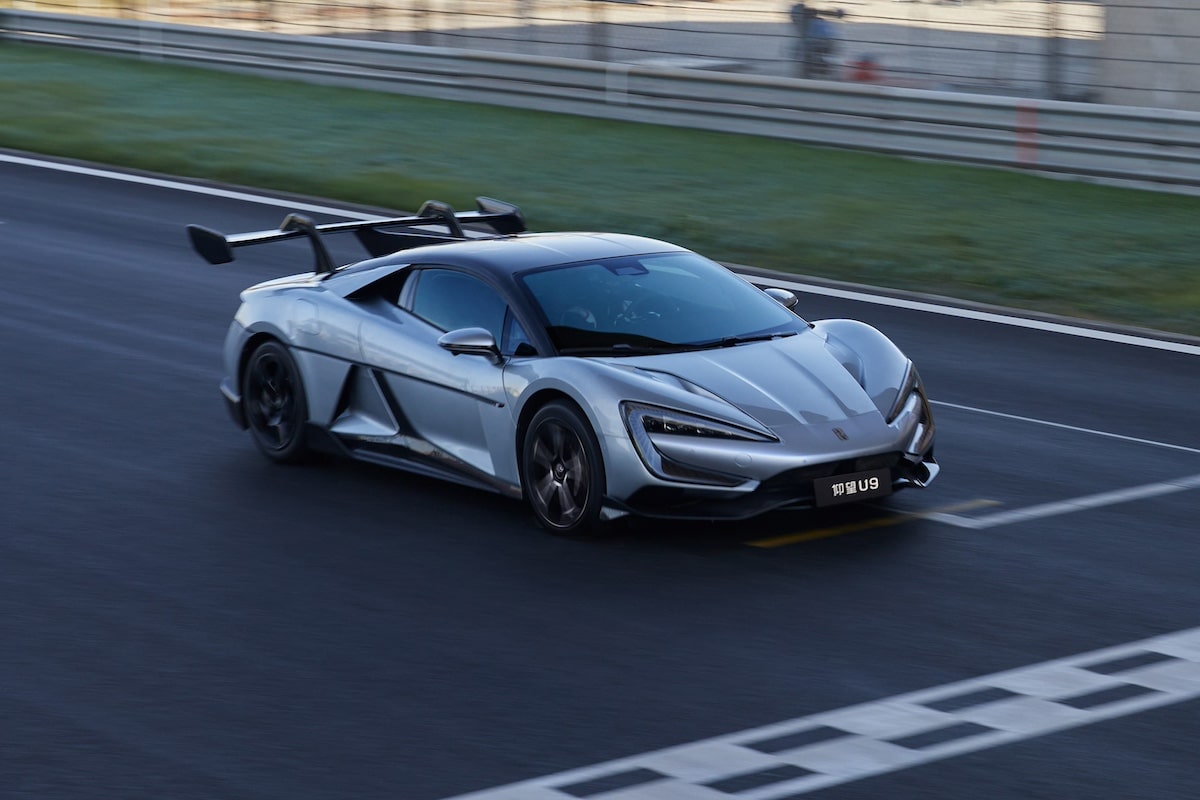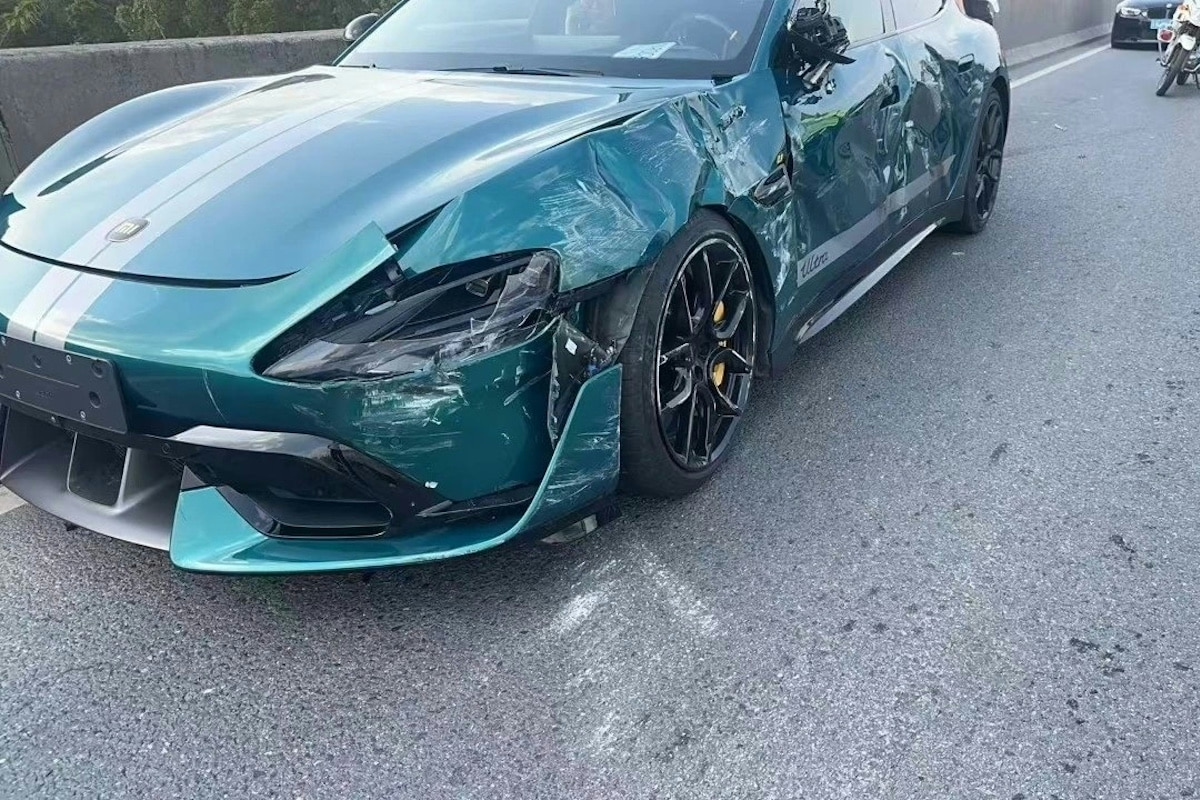Chinese cars: why aren’t they undercutting prices in Europe?
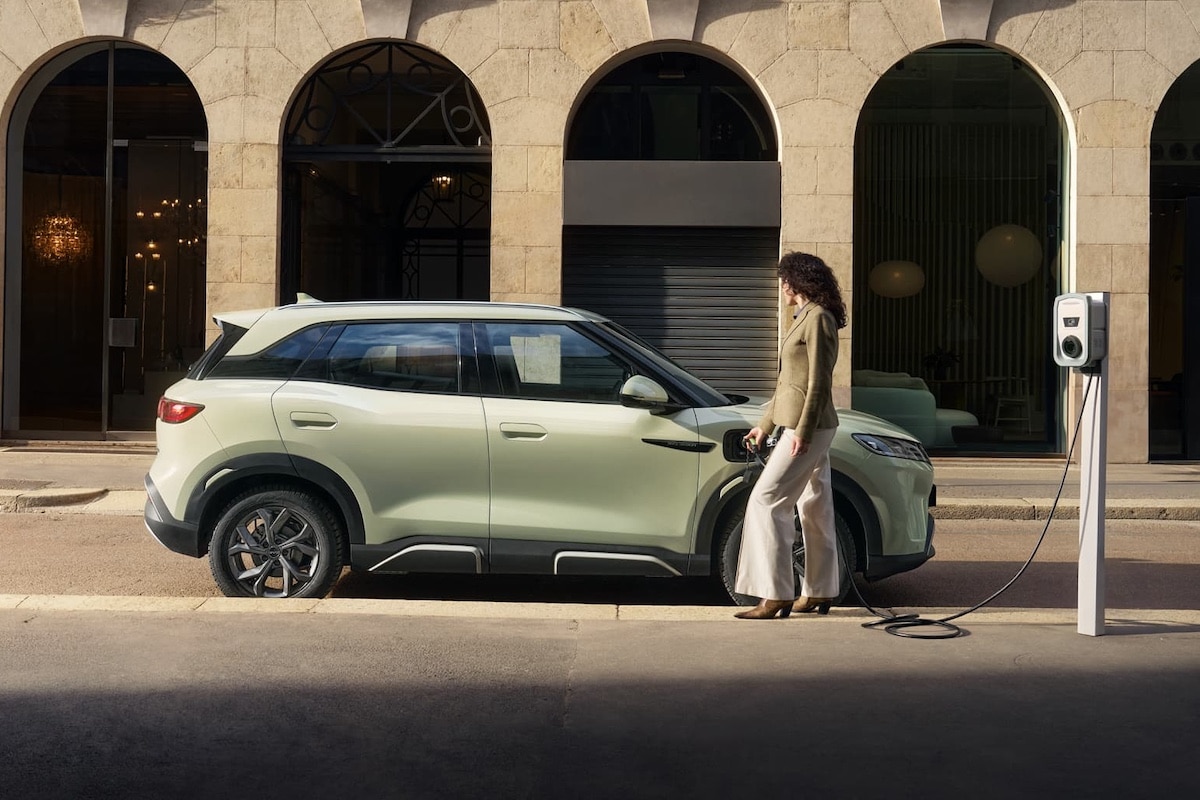
While they dominate the market in China with unbeatable prices, Chinese firms do not adopt the “low-cost” approach in Europe.
Psychology has long since taken hold in the marketing sector. While Chinese electric cars opt for rock‑bottom prices on their domestic market, those applied in Europe are very close to European manufacturers’, sometimes even higher. A strategy that may raise questions, but it follows a simple logic: protect the image, reassure the customer and integrate into a car market where price is a major psychological signal.
Price as a signal of quality
One rule is unavoidable in Europe: price creates value. Manufacturers know this: price is not only used to cover costs, it builds an imaginary. A vehicle that is too cheap would instantly provoke suspicion: “Why is it so cheap? Is it reliable? Is it safe?”
The European consumer spontaneously associates price with quality. In this context, arriving with a car 30% cheaper than Peugeot, Renault or Volkswagen would be counterproductive. It would place the new players in the “low‑cost” box, permanently. And no Chinese brand wants to become the “new Dacia.” Not because Dacia is a failure — on the contrary, it’s a success story — but because a low‑cost label remains very difficult to erase.
The electric market makes this perception even more sensitive. In the collective imagination, an electric car must be:
• highly technological,
• safe,
• equipped with complex systems,
• a guarantee of battery quality.
A price that is too low contradicts this narrative. Manufacturers know this perfectly.
You might be interestedin this article:
Europe: a market where setting up is expensive
Added to this is one essential point: the costs of selling a car in Europe are much higher than in China, which makes reproducing domestic prices impossible. Import surcharges include:
• customs duties (reinforced in 2024–2025 by the European Commission),
• sea freight,
• European standards (safety, ADAS, recyclability, software),
• specific tests for Euro NCAP crash tests,
• the creation of a distribution and service network,
• software adaptation (languages, connected services, European maps).
So a model sold for €18,000 in China often ends up above €28,000 once in Europe. This is not artificial inflation: it is simply the real cost of establishing a presence.
To carve out a place in Europe, Chinese brands have instead chosen another angle: offer more equipment for an equivalent price. This is exactly what works today with giant screens, advanced connectivity and gadgets (often superfluous) almost everywhere.
Contrary to the image sometimes conveyed in Europe, Chinese manufacturers do not see themselves as outsiders. In China, BYD, Denza, NIO, Li Auto or Zeekr already rival the German premium brands, sometimes even taking the lead on onboard technology. Arriving in Europe with prices that are too low would shatter that ambition. They want to be perceived as modern, innovative and credible compared to Tesla, BMW, Renault or Mercedes.
Towards a price drop in the coming years?
The electric car is not yet at its “fair price.” Manufacturers sell it expensive to quickly amortize their gigantic investments, but the course of history will be a slow and continuous reduction in prices. The arrival of future European factories of Chinese firms (BYD in Hungary, Leapmotor via Stellantis, potential future Zeekr or NIO sites) could further reduce costs by bypassing customs duties. But these decreases will probably never be radical, because that would blur the patiently built upmarket strategy.
ALSO READ: Tesla Superchargers: Volkswagen is revolutionizing its charging
This page is translated from the original post "Voiture chinoise : pourquoi ne casse-elle pas les prix en Europe ?" in French.
We also suggestthese articles:
Also read
